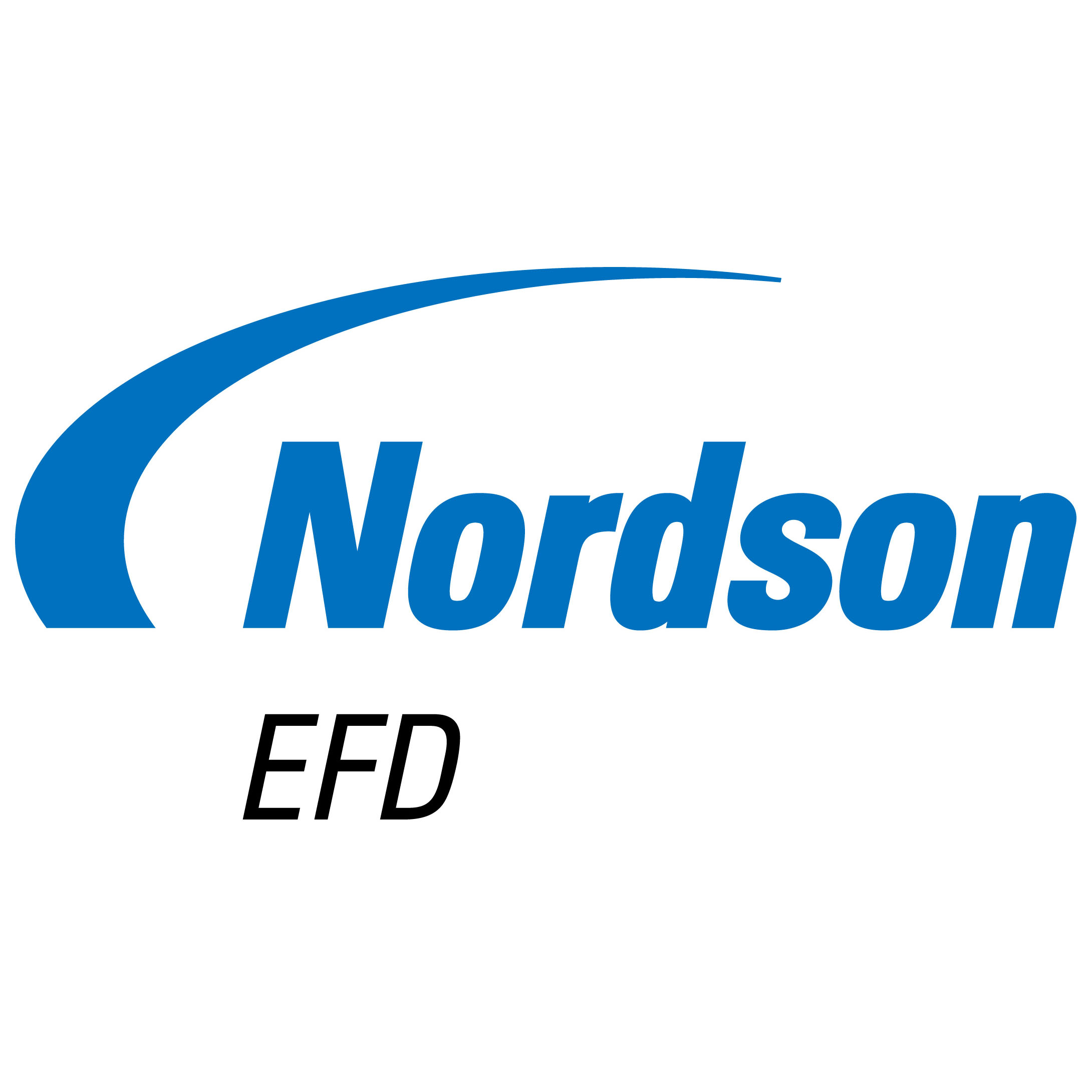Digital photo frames have proven to be a popular option for enjoying the digital images captured by a growing number of camera-enabled devices. Unfortunately, the market has been directly impacted by the global economic downturn, which has caused a sharp reduction in discretionary consumer spending. IDC now expects the market will experience two years of negative growth in 2009 and 2010, followed by a slow recovery and returning to pre-recession shipment levels in 2013. With 9.
1 million units shipped in 2008, the worldwide digital frame market achieved year-over-year growth of 6.3%. The United States was the dominant region in 2008 with shipments of nearly 5.9 million units. The worldwide market is expected to decline by nearly 10% in 2009 with shipments falling to 8.2 million units while the U.S. market will decline by 11%. Single digit growth is forecast to resume in 2011 and continue to improve throughout the rest of the forecast period, resulting in a 2008-2013 compound annual growth rate (CAGR) of 0.
9 inch frame category was the most popular market segment in 2008, representing nearly two thirds of the 9.1 million units shipped. Looking ahead, IDC expects this category will continue to represent the lion share of the market, although the 9-10.9 inch category is expected make notable gains over the next 4 years. Average selling prices (ASPs) will continue to decline throughout the forecast period with more than 60 vendors globally competing for market share.
While the recession has been a major factor inhibiting demand for digital frames, the market has also been hurt by other factors - unsatisfactory user experiences, a limited number of repeat buyers, and the complexity of updating frame content, said Ron Glaz, program director for IDC Digital Capture Devices and Photofinishing research. To overcome these problems, future digital frames will need to seamlessly fit into the evolving digital home content ecosystem by supporting easy access to personal digital content for display. The features that digital frames will need to incorporate to fit within the home ecosystem are multiple interfaces, such as, WiFi, USB, and memory slots, for quick and easy access to content, and imaging features that eliminate the need to pre-edit images prior to uploading to the frame.
The inclusion of wireless technology within the digital frame has been particularly slow, largely due to cost.
However, IDC expects this to change over the next several years with nearly two thirds of the digital frames shipped in 2013 incorporating wireless technology.
The IDC report, Worldwide Digital Photo Frame 2009-2013 Forecast and Analysis (Doc), provides a high-level view of the worldwide digital photo frame market.
It contains 2007 and 2008 actual unit shipments and 2009-2013 forecasts for the United States and the rest of the world. Data and trend information was collected through survey questions and in-depth interviews with marketing and product management executives who represent digital photo frame vendors.







